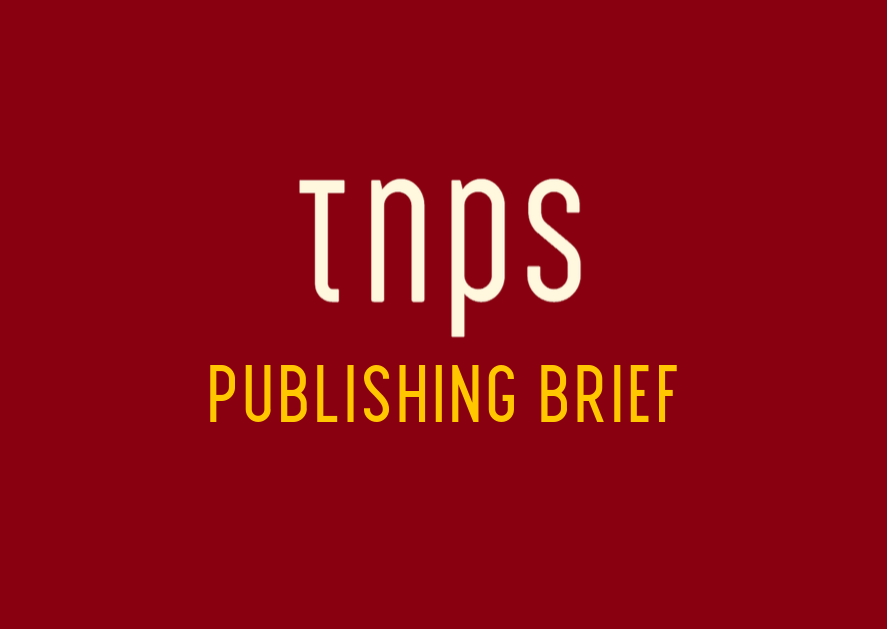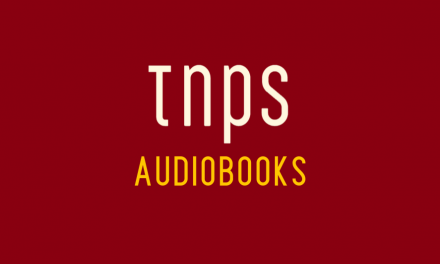“Poetry isn’t just art – it’s a dialogue with our past, urging us to restore balance.”
A pioneering study by Chinese scientists has harnessed an unexpected resource – 1,400 years of poetry – to map the declining habitat of the Yangtze River’s finless porpoise (Neophocaena asiaeorientalis).
This interdisciplinary research reveals a 65% contraction in the species’ range, with the most severe losses occurring in the past century. By weaving literary analysis with ecological data, the study bridges gaps between fossil records, genetic studies, and modern surveys, offering a novel lens on biodiversity loss, that may yet prove to benefit studies of ther flora and fauna.
Decoding Historical Narratives
Led by hydrobiologist Zhigang Mei of the Chinese Academy of Sciences, the team scrutinised over 700 poems from the Tang (618–907 CE) to Qing (1636–1912 CE) dynasties. These works, often composed by travellers and rulers like Emperor Qianlong, documented porpoise sightings along the Yangtze – a lifeline river for trade, culture, and sustenance.
Mei, who grew up revering the porpoises as weather-guiding spirits, emphasised the challenge of distinguishing factual accounts from artistic licence. Researchers cross-referenced poets’ biographies, writing styles, and historical timelines to validate sightings, ensuring ecological relevance.
Chronological Clues: Tracking Habitat Contraction
Analysis revealed stark temporal patterns: 477 poems from the Qing Dynasty referenced porpoises, dwarfing earlier periods. Spatial reconstructions showed a 33% decline in the porpoises’ main river range since the Tang era, while tributary and lake habitats shrank by 91%. The sharpest decline coincided with 20th-century industrialisation, particularly post-1950s dam projects that fragmented waterways. Notably, the Three Gorges Dam – the world’s largest hydroelectric facility – exemplifies infrastructure’s role in displacing endemic species like the functionally extinct baiji dolphin and Chinese paddlefish.
Cultural Echoes: Humanity’s Entwined Fate with Nature
“These poems reflect a profound symbiosis between people and nature,” Mei notes. Porpoises, as apex predators, were both ecological indicators and cultural muses. Their surface acrobatics before storms inspired vivid descriptions, embedding them in China’s artistic heritage. Yet, their dwindling presence mirrors escalating human impact – a narrative echoed in regional folklore cautioning against harming these “river spirits”.
Future Directions: Art as a Conservation Tool
The team plans to mine poems further for insights into historical pod sizes, behaviours, and river conditions. Such data could inform modern conservation strategies for the remaining 1,000 finless porpoises. Mei advocates for interdisciplinary approaches, asserting that art fosters emotional connections: “Poetry isn’t just art – it’s a dialogue with our past, urging us to restore balance.”
Via PopSci.
This post first appeared in the TNPS LinkedIn newsfeed.




